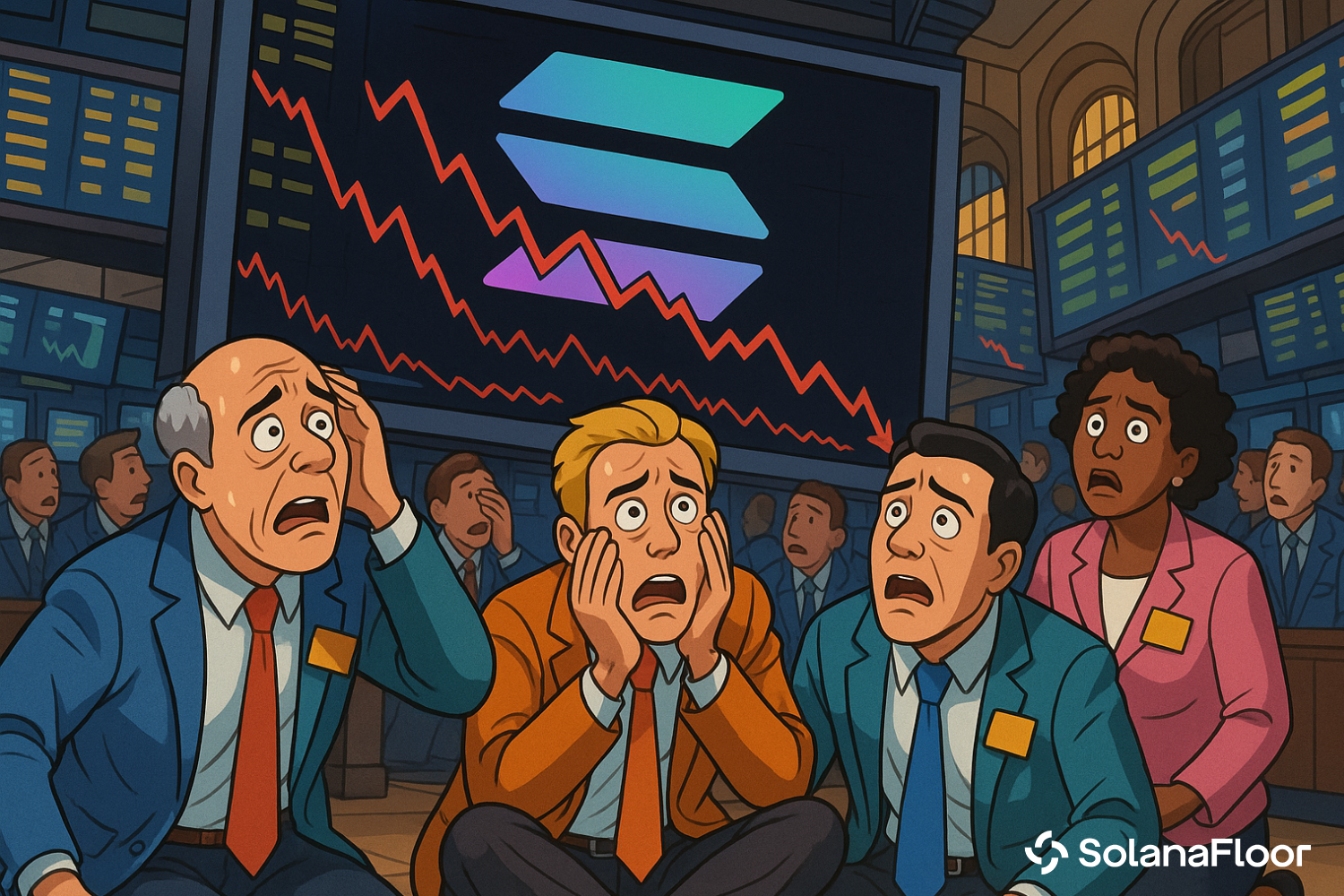
The crypto market continues to grapple with sharp volatility and a steady decline in sentiment amid ongoing losses for major assets. Bitcoin recently fell below the $100,000 mark for the second time in a week. It has dropped 12% over the past month. The Fear and Greed Index has slipped into the ‘extreme fear’ zone, reigniting concerns about a possible shift toward a sustained bearish environment.
The total crypto market cap now stands at 3.25 trillion dollars, down from 3.55 trillion dollars a week earlier. Bitcoin extended its downturn early Monday, briefly falling to $93,000, its lowest level since April.
Is the Four-Year Cycle Still Intact?
Recent commentary from Hunter Horsely, CEO of Bitwise, points to a structural shift in how investors interpret the long-standing four-year cycle narrative. Horsely outlined a sequence of effects that may be shaping current market behavior. He noted that many investors assume the cycle will bring a downturn in 2026, leading them to sell in 2025 to avoid a perceived “down” year. This early selling creates downward pressure in 2025, which, in turn, disrupts the pattern and weakens the idea of a predictable cycle-based timing.
Horsely believes the market now operates under a new structure shaped by the rise of spot Bitcoin ETFs and broader institutional involvement. He argues that the conditions that produced earlier cycle patterns no longer apply. In his view, the market may have already spent nearly six months in a quiet bear phase and could be approaching its end.
Solana and Altcoins Under Pressure
Solana currently trades at $135 after a weekly decline of nearly 19%. Altcoins remain highly sensitive to Bitcoin price movements. Bitcoin’s struggle to hold key levels has pushed many alternative assets into wider pullbacks. Until market conditions stabilize, altcoins may continue to show choppy and unpredictable behavior.
Spot ETF flows reveal diverging trends across the market. Solana spot ETFs recorded net inflows of $46.4 million over the past week. Meanwhile, Bitcoin and Ethereum spot ETFs continue to record outflows, which highlights shifting investor preferences during periods of broader market stress.
Volatility and Liquidations
Large-scale liquidations have played a significant role in recent market swings. According to CoinGlass data, there’s a $60 million cluster of $BTC liquidations at $92,818 that could trigger and accelerate the downturn.
CoinGlass data also shows that over the past 16 days, three separate sessions recorded more than 1 billion dollars in liquidations. Daily liquidations above 500 million dollars now occur frequently, especially when trading volume remains thin. These conditions have amplified volatility on both the downside and the upside.
Market sentiment has shifted quickly in response. CoinMarketCap’s Crypto Fear and Greed Index is now at 17, indicating extreme fear.
This level ties the early 2025 bottom, even though Bitcoin has climbed 25% from its April low. Elevated leverage continues to magnify sentiment shifts across the market.
Solana Inflation Debate
The recent price drop has brought renewed attention to Solana's inflation, as many observers now attribute at least part of the market pressure to concerns about emission levels. Earlier in March, Solana’s ecosystem witnessed a major governance event. The SIMD 0228 proposal, which aimed to introduce a dynamic emission schedule and reduce inflation, underwent one of the most active voting processes in the network’s history. Despite strong early support, the proposal ultimately fell short of the required 66.67 percent approval threshold.
The conversation surrounding inflation resurfaced in recent weeks. Yesterday, 16th November, Mert Mumtaz, the CEO of Helius Labs, stated that a new inflation reduction proposal would arrive soon.
He explained this upcoming version would take a simpler form than SIMD 0228, which he said failed partly because of its complexity.
Some community members voiced skepticism and questioned whether a streamlined version would face the same outcome.
Others expressed more optimism about revisiting the topic. Matty Tay, cofounder of Colosseum, argued that SIMD 0228 might have passed if it had been decided through futarchic markets rather than validator voting.
He encouraged the community to consider another attempt at implementing a refined model.
Even if the community approves a new structure, it will likely take many months or even a full year before the changes reach production. The proposal may influence sentiment if traders start to speculate on its long-term effects, but it will not exert direct pressure on price action in the near term. The market will respond only if it believes the new approach can strengthen network economics over time.
Read More on SolanaFloor
Dupe: How a Solana ICM Coin Topped the App Store
Market Proves Holding DAT Stocks Is Worse Than Holding $SOL
Is The Bull Market OVER?



